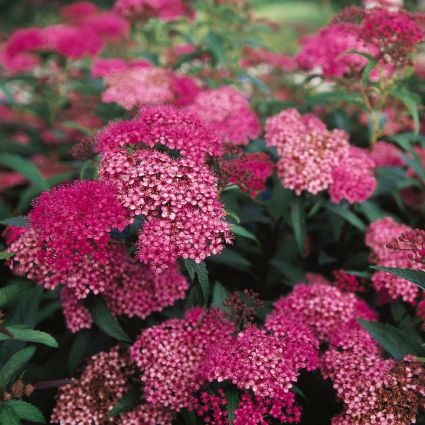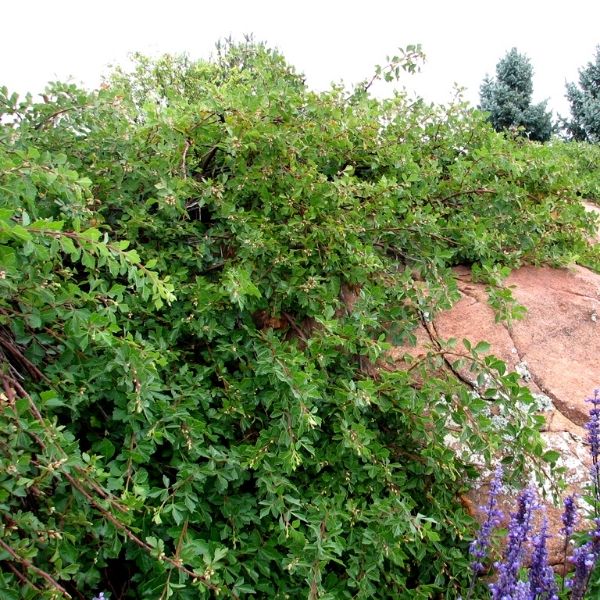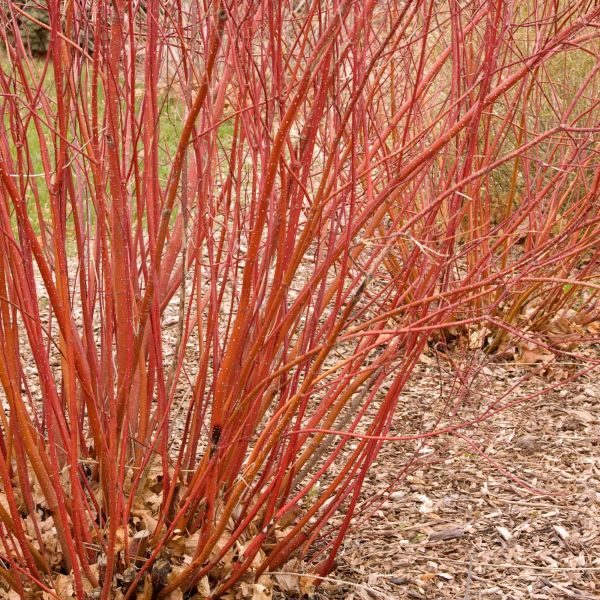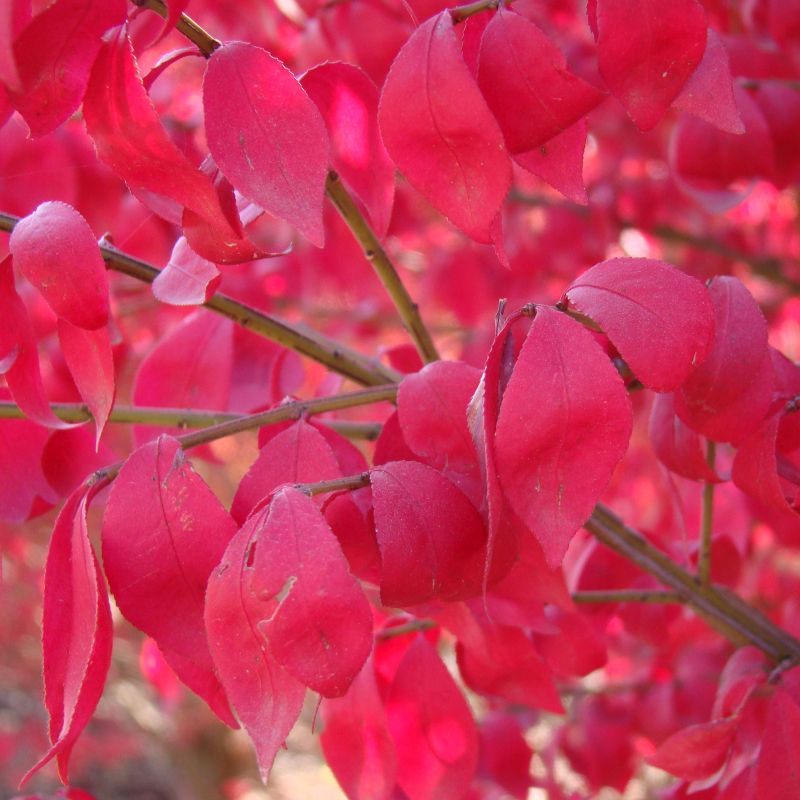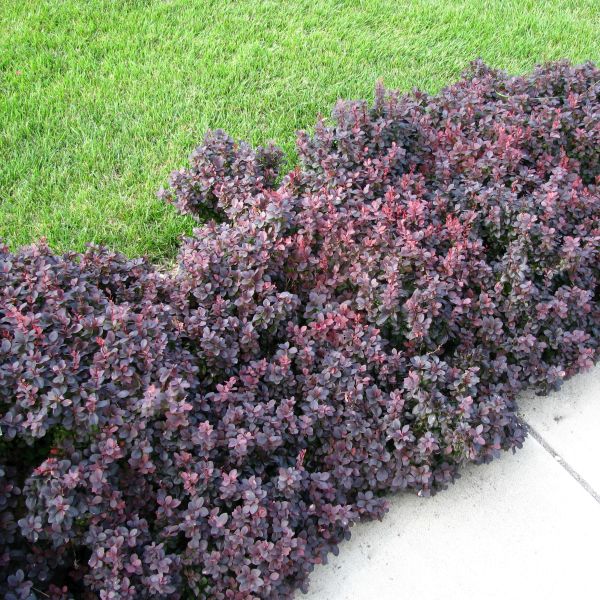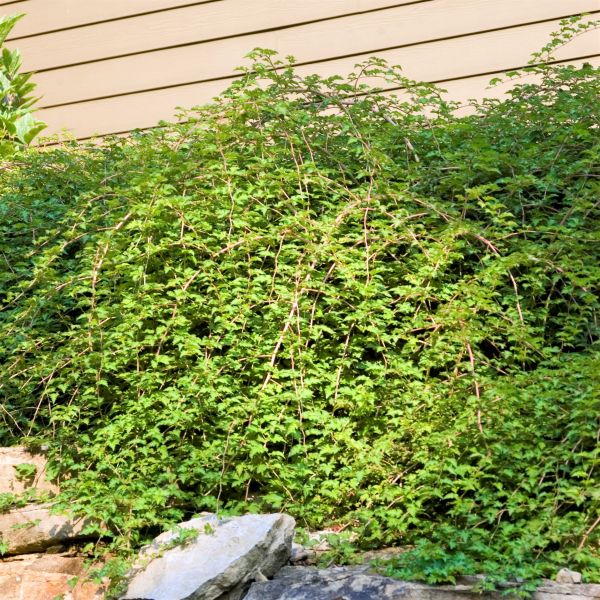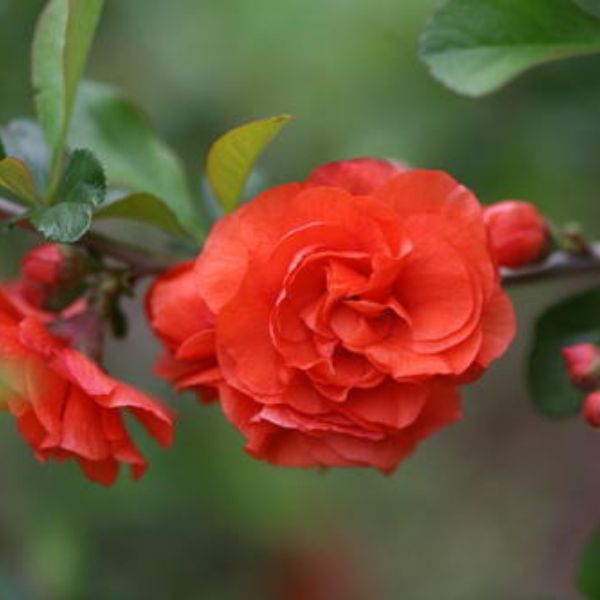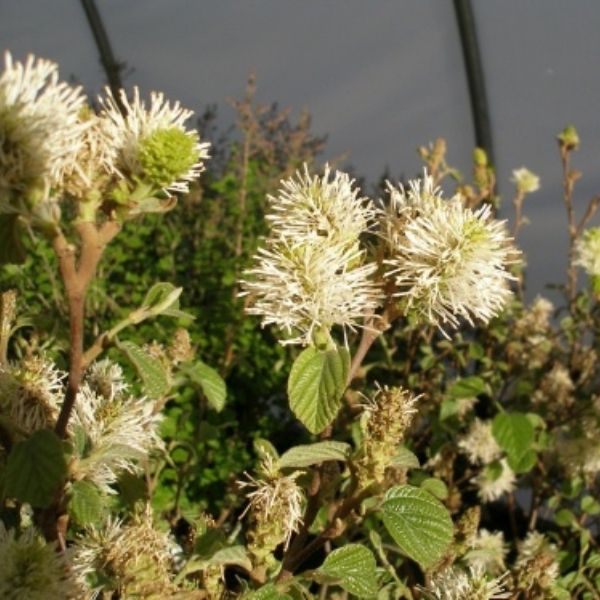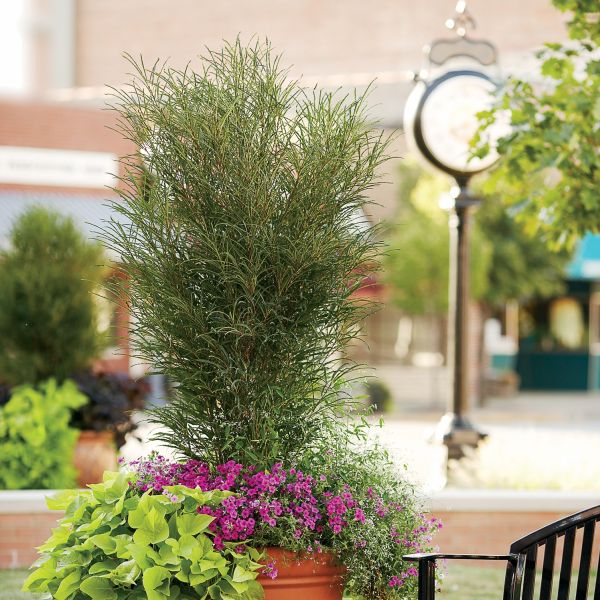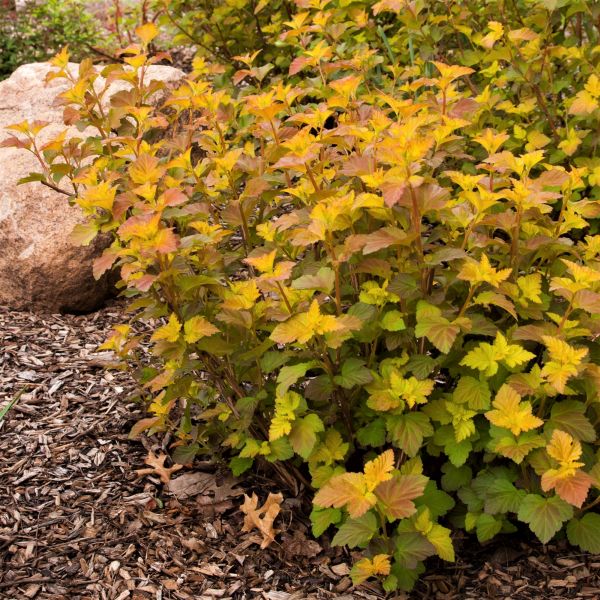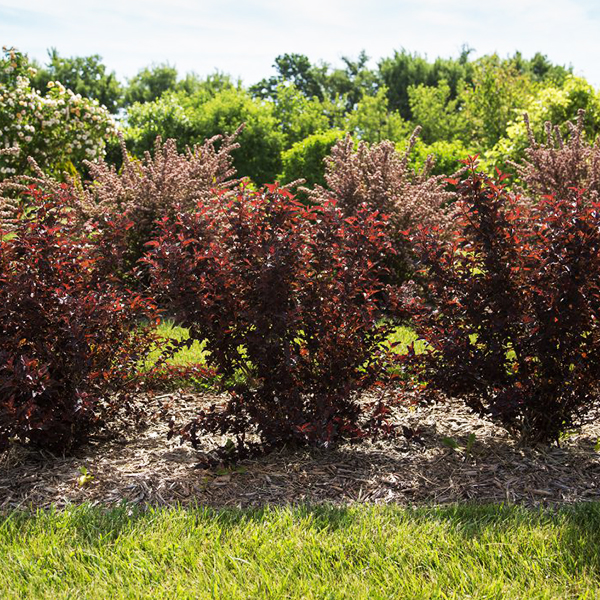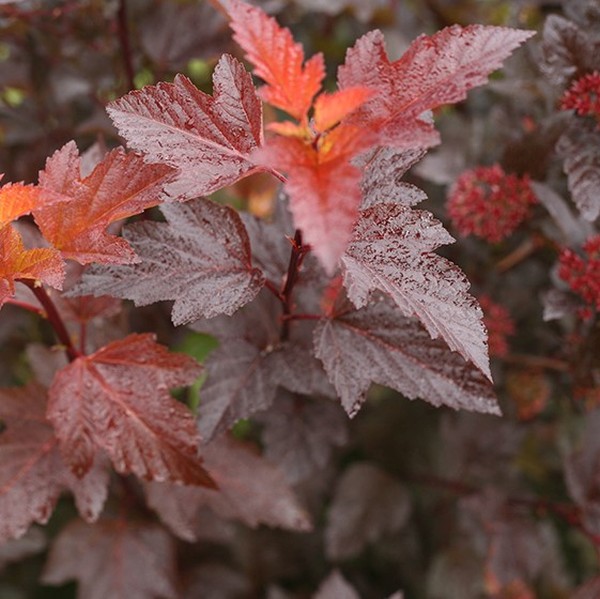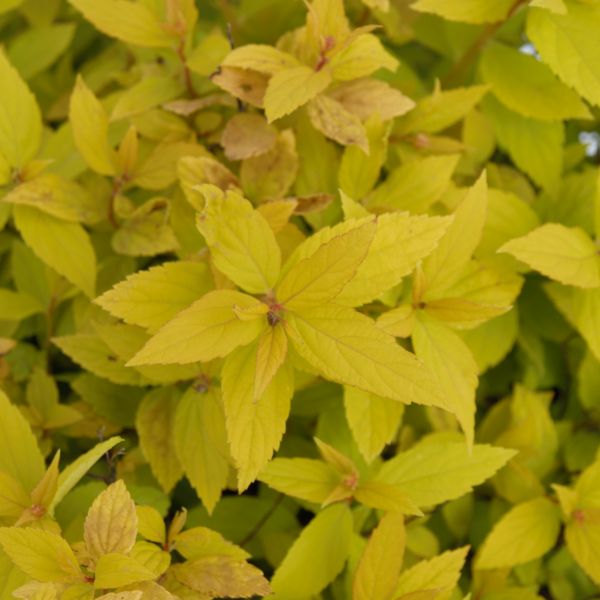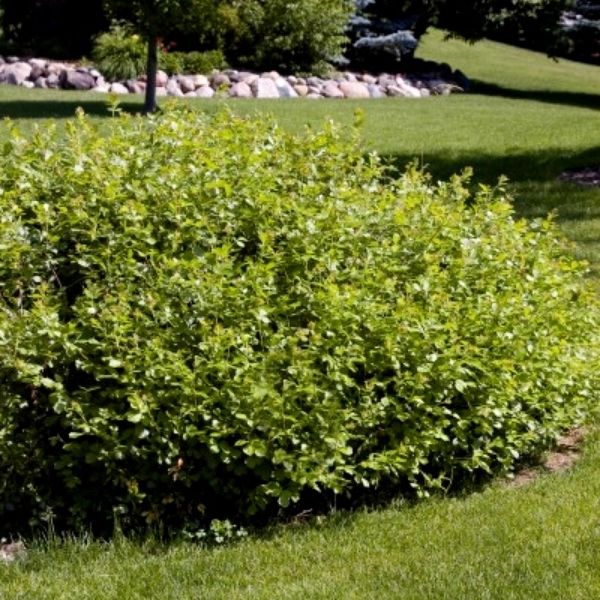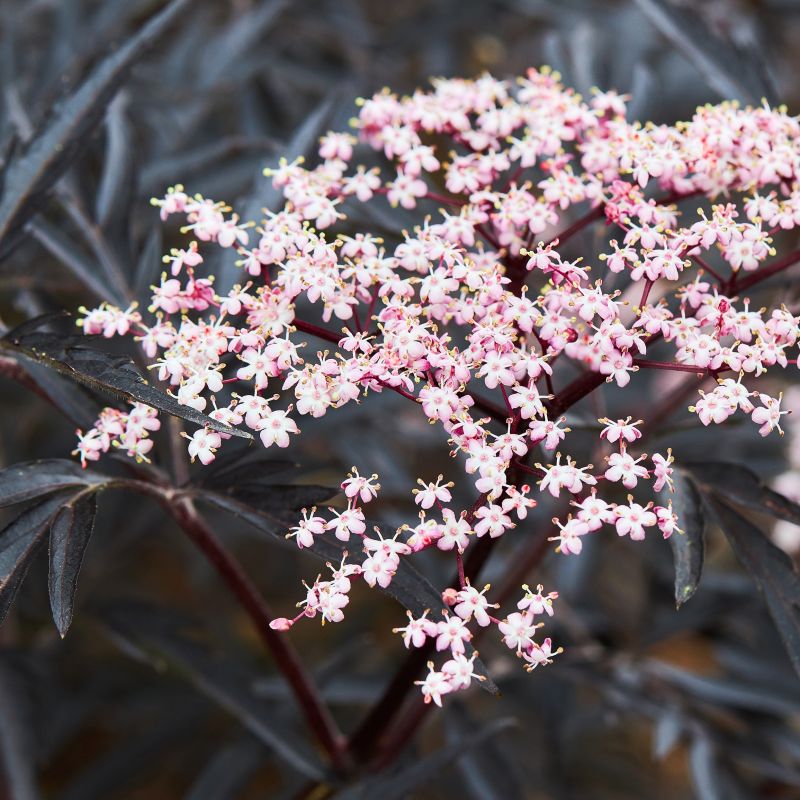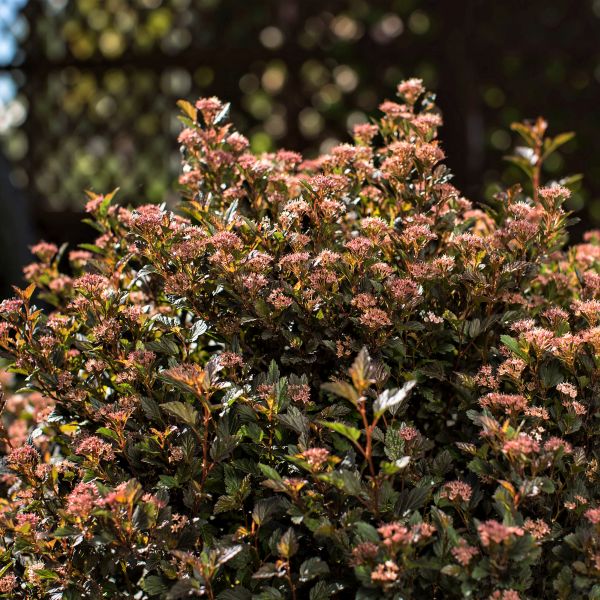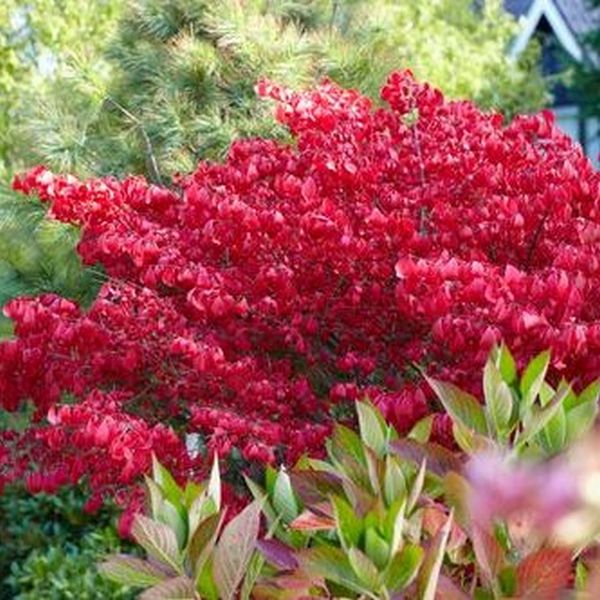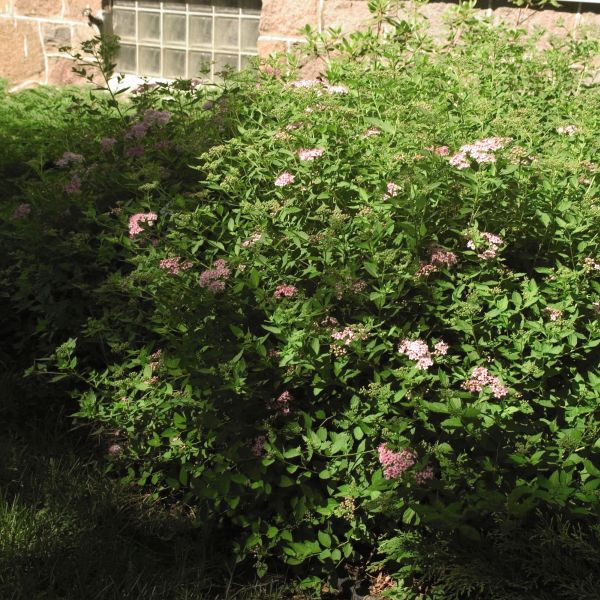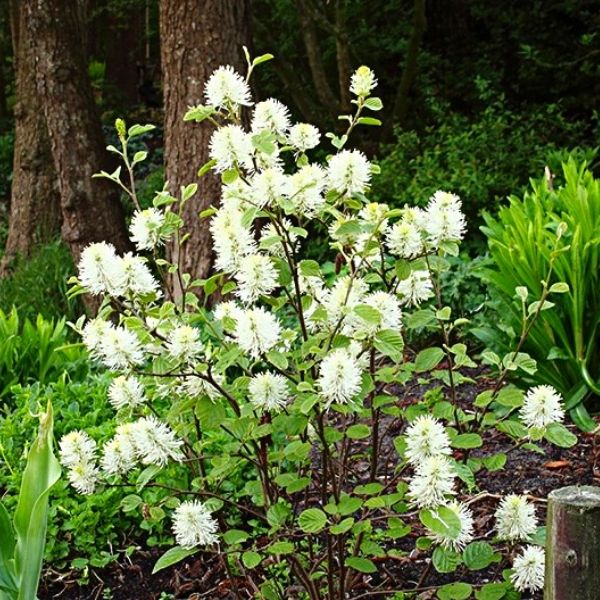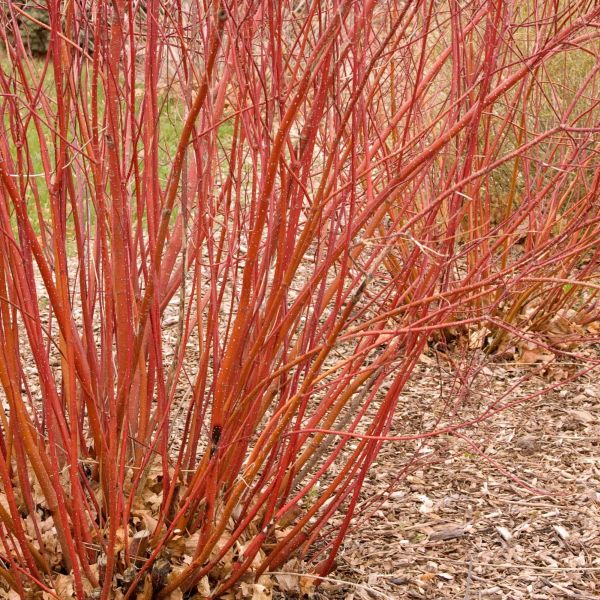
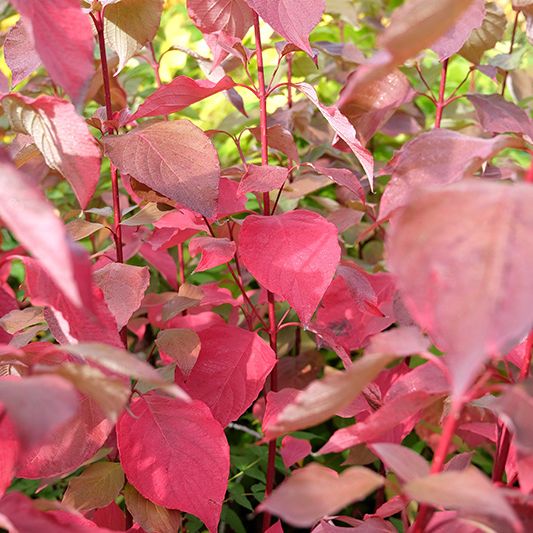
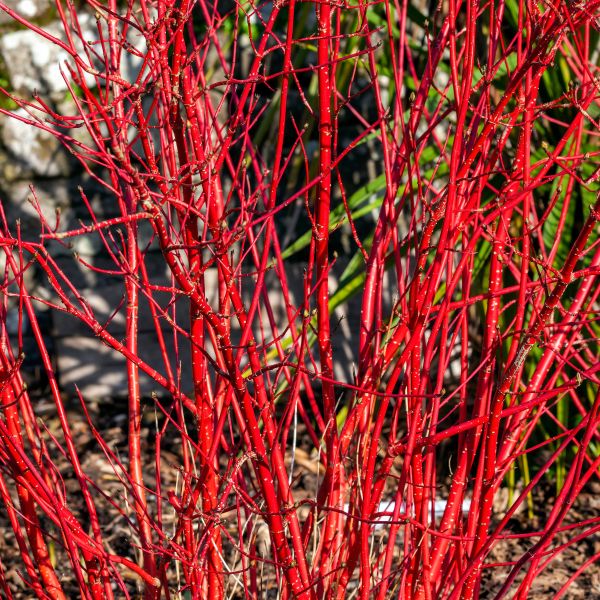
Bailey Red Twigged Dogwood
Cornus sericea 'Baileyi'
18 reviews
Bailey Red Twigged Dogwood
Cornus sericea 'Baileyi'
18 reviews
- Vibrant red stems stand out in winter landscapes
- Tolerant of a variety of soil conditions
- Attracts birds with its white spring flowers and berries
- Recommended by landscape designers for optimal fit in real yards
$106.00
$152.00
30% Off
- Ships to 43215 in 3 to 7 days
- Free Shipping Over $150
- Plant Arrival Guarantee
- In Stock
- Free Plant Consult
$200 - Landscape-Approved: Every Plant We Sell Comes With Design Expertise Behind It
- 3.5 Gallon
- 1.5 Gallon
- 2.5 Gallon
Not just beautiful - intentionally selected by ShrubHub's 3D landscape design team to fit real-world spaces and maximize yard potential.
Why Bailey Red Twigged Dogwood?
Bailey Red Twigged Dogwood (Cornus sericea 'Baileyi') is a deciduous shrub that is popular for its vibrant red stems, which provide winter interest in the landscape. It typically grows to a height and width of 6-8 feet and has green leaves that turn red in the fall. It prefers moist, well-drained soil and full sun to partial shade. It is commonly used in mixed borders, as a screen, or as a specimen plant.
People who loved this plant also bought
Sunlight
Bailey Red Twigged Dogwood requires full sun to partial shade.
Watering
Bailey Red Twigged Dogwood requires regular watering, especially during dry periods. It prefers moist soil but can tolerate some drought once established. It is important to provide adequate water to keep the soil evenly moist to promote healthy growth.
Fertilizing
The fertilizer requirement for Bailey Red Twigged Dogwood is not specified. It is recommended to use a general-purpose fertilizer that is specifically formulated for woody plants, following the instructions on the package for the correct application rate.
Bailey Red Twigged dogwood, also known as Cornus sericea 'Baileyi', is a deciduous shrub that is native to North America. It typically grows 6-9 feet tall and is known for its production of bright red stems after the leaves have fallen which gives it a lot of winter interest.
However, Bailey's Red Twigged Dogwood offers much more than just winter interest! With its dark green deciduous foliage, in spring, the shrub produces clusters of small white flowers that aren't just stunning but are very attractive to pollinators such as bees and butterflies. These flowers are followed by red or white small berries.
With all the beauty of dark green leaves, red stems, and white flowers bloom, Bailey's Red Twig Dogwood requires relatively low maintenance. It generally doesn't need pruning, although it can be pruned in late winter or early spring every few years to encourage the red stems if desired.
Bailey Red Twigged dogwood prefers moist, well-drained soils and can tolerate both partial shade and full sun. Otherwise, it's a hardy shrub with no serious disease problems. It's best adapted to growing zones 2 to 7.
It is commonly used in mass plantings, as a hedge, or as a focal point in a landscape design. Its striking red twigs make it particularly suitable for winter gardens, where it adds a splash of color and beauty, especially against a snowy backdrop. However, you won't run out of landscape applications with this beauty!
Order yours today from Shrubhub so that you get to enjoy it as soon as possible!
Plant Information:
| Botanical Name: | Cornus sericea 'Baileyi' |
| USDA Zones: | 3 - 8 |
| Water: | Moderate |
| Exposure: | Full Sun |
| Soil Needs: | Well Drained |
| Mature Height: | 6 - 10 feet |
| Mature Spread: | 6 - 10 feet |







Pollination Info
Pollination Information for Bailey Red Twigged Dogwood (Cornus sericea 'Baileyi')
Bailey Red Twigged Dogwood is a flowering deciduous shrub that is known for its brightly colored red stems and attractive foliage. This shrub produces small clusters of tiny white flowers in late spring to early summer. The flowers are not highly fragrant, but they are a great source of nectar for bees and other pollinators.
In order to produce fruit, Bailey Red Twigged Dogwood needs to be pollinated. The plant is self-fertile, but cross-pollination is recommended to improve fruit production and quality. This means that pollen must be transferred from the stamen of one flower to the stigma of another flower on a different plant. Pollinators such as bees, butterflies, and hummingbirds play a crucial role in the pollination process.
Once pollinated, Bailey Red Twigged Dogwood produces small berries that are a food source for birds and other wildlife. The berries are a bright red color and are ripe in late summer to early fall. The plant also provides shelter and nesting sites for birds and small mammals.
FAQ
Bailey Red Twigged Dogwood (Cornus sericea 'Baileyi') FAQ
1. What is Bailey Red Twigged Dogwood?
Bailey Red Twigged Dogwood is a deciduous shrub that is mainly grown for its bright red bark which adds winter interest to the garden. It also produces small white flowers in late spring to early summer and clusters of white berries in the fall that attract birds.
2. How big does Bailey Red Twigged Dogwood get?
Bailey Red Twigged Dogwood grows to a height of 6 to 9 feet and a spread of 8 to 12 feet. It has a rounded habit and a medium texture.
3. What are the growing requirements for Bailey Red Twigged Dogwood?
Bailey Red Twigged Dogwood prefers full sun to partial shade and well-drained soil. It is adaptable to a wide range of soil types but does not tolerate drought or standing water. It is hardy in USDA zones 2 to 8.
4. When and how should I prune Bailey Red Twigged Dogwood?
Bailey Red Twigged Dogwood should be pruned in late winter to early spring before new growth begins. It can be cut back to within a few inches of the ground to encourage vigorous new growth and a fuller shrub. To maintain the bright red winter bark, it is recommended to remove older, duller stems every year or two.
5. How often should I water Bailey Red Twigged Dogwood?
Bailey Red Twigged Dogwood needs consistent moisture, especially during the first few years of growth. Water deeply once or twice a week during dry periods and mulch around the base of the shrub to retain moisture and suppress weeds.
6. Does Bailey Red Twigged Dogwood attract wildlife?
Yes, Bailey Red Twigged Dogwood attracts birds with its white berries. It also provides shelter for small mammals and insects.
7. Is Bailey Red Twigged Dogwood susceptible to any diseases or pests?
Bailey Red Twigged Dogwood is generally disease and pest-resistant, but may be susceptible to leaf spot, powdery mildew, and canker if grown in damp conditions.
8. Can Bailey Red Twigged Dogwood be grown in containers?
Yes, Bailey Red Twigged Dogwood can be grown in containers as long as they are large enough to accommodate the size of the shrub and provide adequate drainage. Use a well-draining potting mix and water regularly.
9. Can Bailey Red Twigged Dogwood be used in landscaping?
Yes, Bailey Red Twigged Dogwood is a popular choice for winter interest in landscaping. It can be used as a border shrub, in mass plantings, or as a specimen plant. Its bright red stems also make it an attractive cut or dried floral arrangement.
10. Is Bailey Red Twigged Dogwood deer-resistant?
While Bailey Red Twigged Dogwood is not completely deer-proof, its thick and thorny stems make it less appealing to browsing deer.
Planting & Care
Planting & Care for Bailey Red Twigged Dogwood (Cornus sericea 'Baileyi')
Planting
- Choose a location with full to partial sun exposure.
- Make sure the soil is well-draining and moist.
- Dig a hole that is twice as wide and deep as the root ball.
- Place the plant in the hole and fill it with soil, making sure to cover the entire root ball.
- Water the plant thoroughly.
Care
- Water the plant regularly, making sure the soil stays moist but not waterlogged.
- Fertilize the plant with a balanced fertilizer in spring before new growth appears.
- Prune the plant in late winter or early spring to promote new growth and maintain its shape.
- For a more vibrant display of red twigs, cut the plant down to 6-12 inches above the ground every three years.
- Protect the plant from deer by using fencing or repellents.
Check Out These Verified Customer Reviews:
Customer Reviews
4.7 out of 5 based on 18 reviews
Thank you! Your review has been submitted.
I absolutely love my Bailey Red Twigged Dogwood! The plant arrived in great condition and is thriving in my garden. The vibrant red twigs add a pop of color to the landscape.
The website was easy to navigate and had all the information I needed. Very smooth shopping experience.
Customer service was very helpful when I had a question about caring for the plant. Highly recommend.
Item has been added to your cart.



